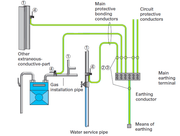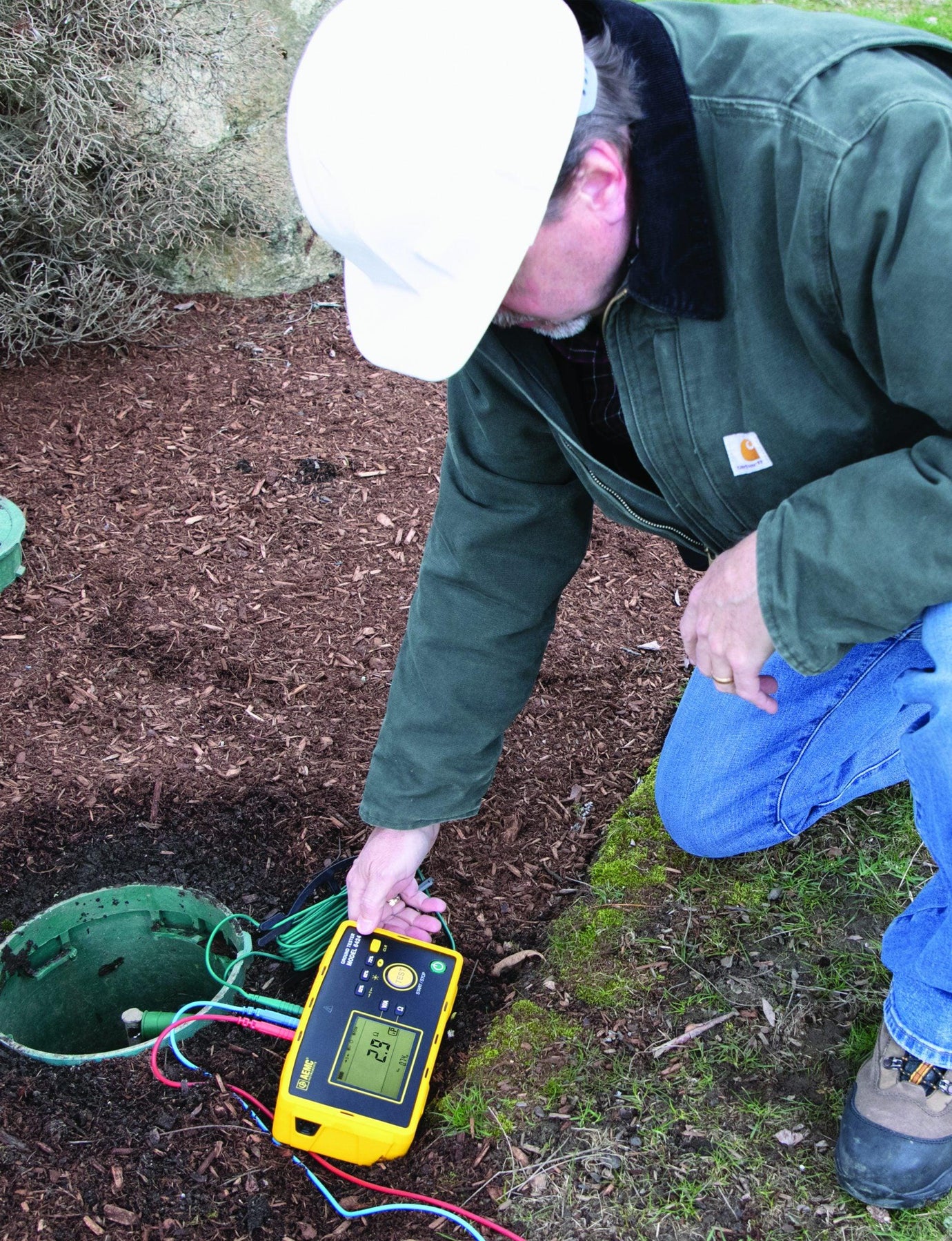Essential Guide to Pool Bonding and Grounding: Ensuring Safety and Compliance
Discover the importance of proper bonding and grounding for your swimming pool, and learn how to maintain a safe and compliant pool environment
When it comes to swimming pool safety, bonding and grounding are critical components that should never be overlooked. Proper bonding and grounding protect swimmers from electrical hazards and help maintain a safe and enjoyable pool environment. In this article, we will explore the concepts of pool bonding and grounding, their significance, and how to ensure your pool is in compliance with safety regulations.
- Understanding Pool Bonding and Grounding: Bonding and grounding are two distinct yet interconnected concepts that play a crucial role in swimming pool safety:
a. Pool Bonding
Pool bonding is the process of connecting all metallic and conductive components of the pool, such as ladders, handrails, light fixtures, and pool equipment, to create an equipotential bonding grid. This grid equalizes the electrical potential around the pool area, reducing the risk of electrical shock.
b. Pool Grounding
Grounding refers to the connection of electrical systems to the earth via grounding electrodes, providing a path for fault currents to dissipate safely. Proper grounding ensures that any electrical fault in the pool's electrical system, such as a short circuit, is safely redirected to the ground, protecting swimmers and pool equipment.
- The Importance of Proper Pool Bonding and Grounding: Bonding and grounding are vital in maintaining a safe swimming pool environment:
a. Electrical Shock Prevention
When all conductive components are bonded, and the electrical system is grounded, the risk of electrical shock is minimized. This protection is crucial, as water is an excellent conductor of electricity and can amplify the danger of electrical hazards.
b. Compliance with Safety Regulations
Ensuring that your pool is bonded and grounded according to code requirements is essential for complying with local and national safety regulations, which are in place to protect swimmers and prevent electrical accidents.
- Steps to Ensure Proper Pool Bonding and Grounding To guarantee the safety and compliance of your swimming pool, follow these steps:
a. Consult a Licensed Electrician
Always work with a licensed electrician experienced in pool installations, as they will be knowledgeable about the latest codes and best practices for bonding and grounding your pool.
b. Inspect the Bonding Grid
Have your electrician conduct a thorough inspection of the bonding grid, ensuring all metallic and conductive components are connected to the equipotential bonding grid, and that the connections are secure.
c. Verify Grounding Connections
Your electrician should check the grounding connections for the pool's electrical system, including pool equipment, lights, and any nearby electrical outlets. Proper grounding connections must be established and maintained for safety.
d. Periodic Inspections and Maintenance
Regularly schedule inspections and maintenance with your electrician to ensure the continued safety and performance of your pool's bonding and grounding systems. Over time, connections may become loose or corroded, requiring attention and repair.
Conclusion: Proper pool bonding and grounding are essential for maintaining a safe and compliant swimming pool environment. By understanding the importance of these safety measures and working with a licensed electrician to inspect and maintain your pool's bonding and grounding systems, you can help prevent electrical hazards and create a secure environment for all swimmers. Don't take chances with the safety of your pool—invest in regular inspections and maintenance to keep your pool in top condition and your swimmers protected.











